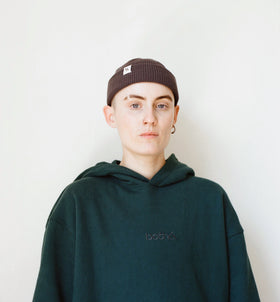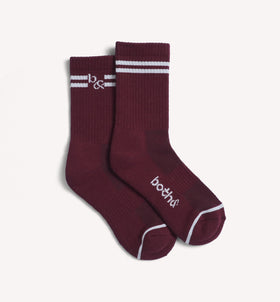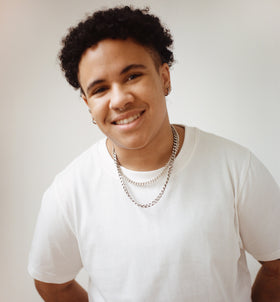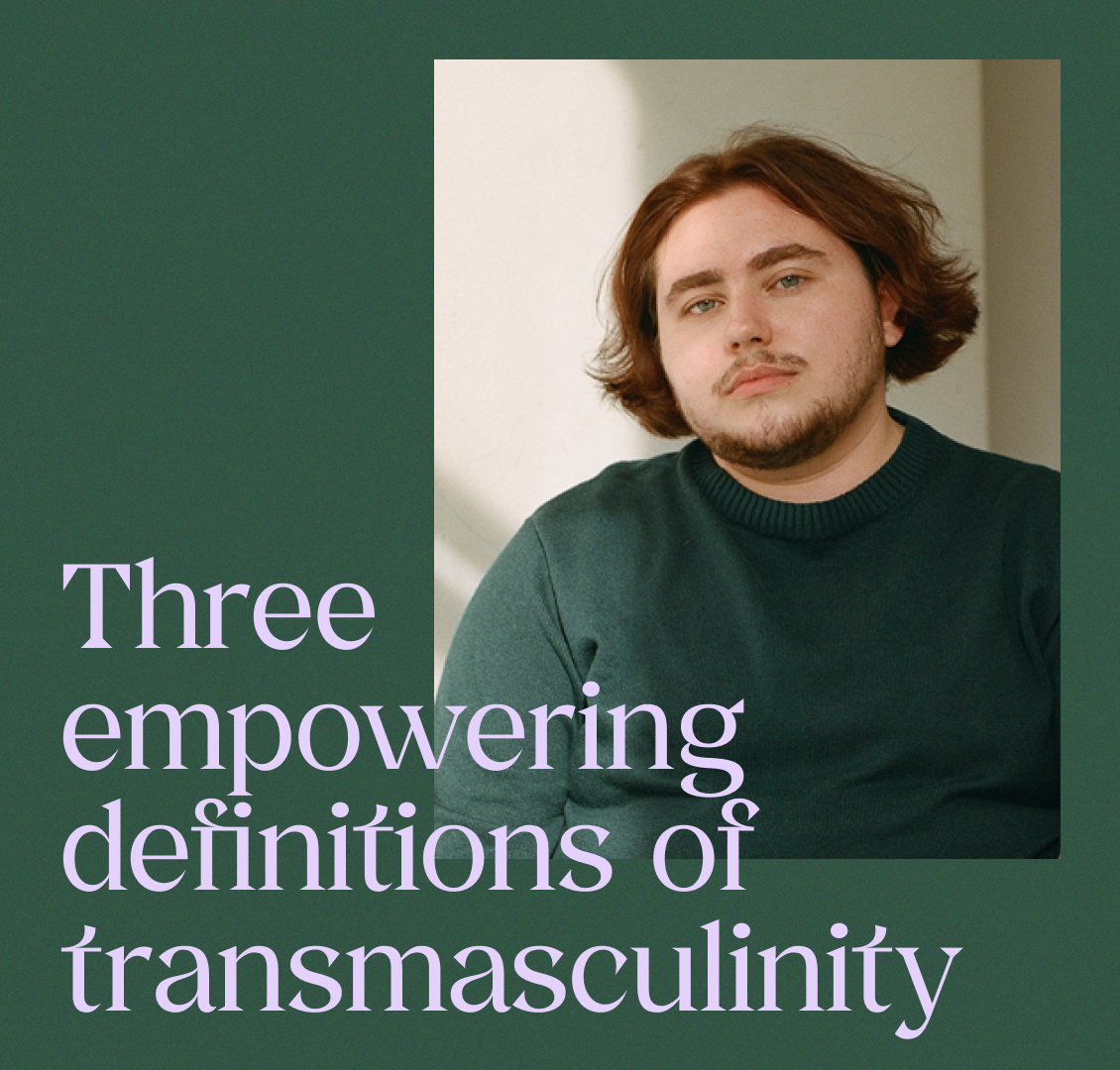
Feb 9, 2024
What Does it Mean to be Transmasc?
Finnegan Shepard
When I was beginning to transition, one of the biggest challenges for me was to find representations–both in language, and visually–that felt accurate and empowering. If you google phrases like “What does it mean to be transmasc” or “transmasculine definition” the top results aren’t wrong per se, but they are very clinical. They talk about the technical definition of transmasculinity, and they also tend to focus on more negative aspects, like mental health challenges or the struggle trans people face in public policy.
While all of that is true and important, I also think it does a disservice to people who are exploring their gender identity. Why? Because it’s scary and challenging enough as it is, without you needing to be bombarded with political turmoil or stats about depression and anxiety amongst transgender people. This clinical, more negative approach is a self perpetuating cycle: we are fed narratives about ourselves as trans people (that we are more likely to be anxious or depressed, that we have a lower socio-economic status) that we then internalize and come to believe.
But what about the opposite side of the spectrum? What about all that is joyful and empowering about being transmasculine? What about how damn cool it is to get to thoughtfully interrogate, deconstruct, and reconstruct what masculinity looks and feels like to you?
In this post, we are going to do the opposite of what most articles do. We are going to compile three of the wonderful benefits of being transmasculine–yes, benefits–not because we are trying to convince you of anything, but because the conversation out there is way too lopsided on the other end. You have plenty of information about what the potential risks and down sides are. Don’t you deserve to also have access to what the great aspects can be?
Gender journeys are unique, beautiful things. Please remember as you read this article that there is no one size fits all way to explore and express your gender identity. Some of this may resonate for you and some might not, and that’s totally fine. Our goal is to simply give you access to a fuller spectrum of transmasc experience. Enjoy!
Transmasc: you get to create
your own definition.

If you’ve been googling “definition of transmasc” then you already know that it’s a hard term to peg down. You don’t have to be a trans man to be transmasc. You don’t have to be non binary to be transmasc. Essentially, it’s an umbrella term that can apply to anyone who was assigned female at birth but presents and/or identifies (at least some of the time) on the masc side of the spectrum.
Because of how open-ended/broad the definition is, there’s a lot of room for you to explore, while still anchoring you in a way that can be helpful while you are trying to figure out how you fit in. Transmasc isn’t totally open for interpretation–it does entail a form of masculine identity or presentation, and it does presume you were assigned female at birth–but it doesn’t force you into a particular definition of masculinity.
Maybe masculinity to you is facial hair. Maybe it’s dressing like James Dean. Maybe it’s more of an attitude, and has nothing to do with clothing. That’s totally okay. Identifying as transmasc is like creating a home base, but then getting to determine how you will play the game.
Transmasculinity
is the New Masculinity
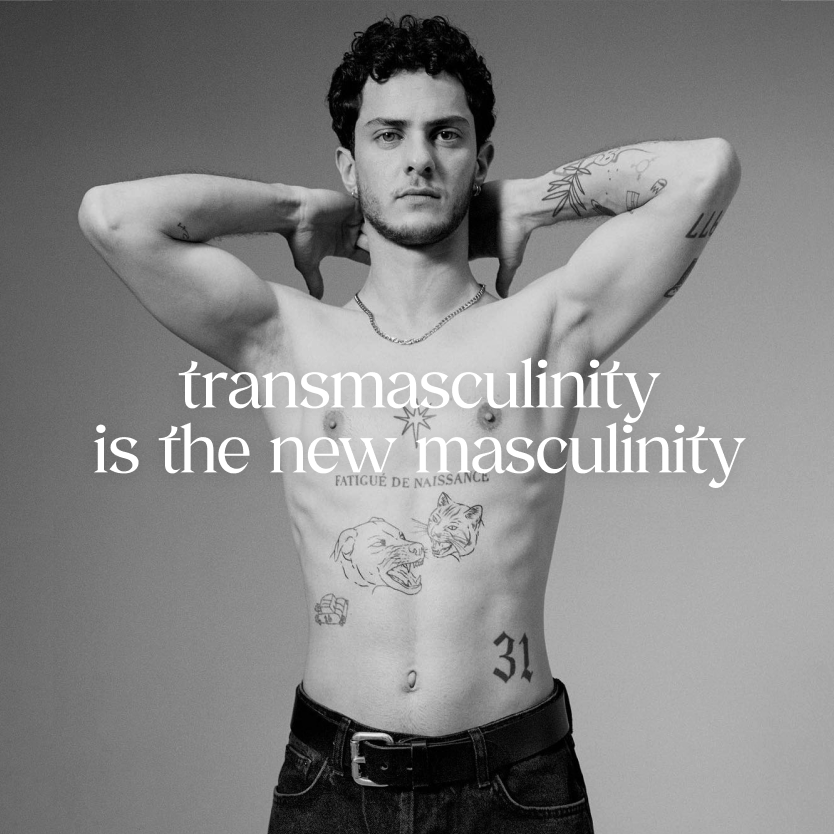
This was a phrase I semi-jokingly said to Grace Francis as we were brainstorming what would become our Boys Boys Boys campaign. What is so exciting (and perceived as such a threat) about transmasculinity today is how it is able to look clear-eyed at masculinity and cherry pick the parts of it that feel strong, beautiful, empowering, and attractive, while shedding those that are antiquated, problematic, or useless. It’s no secret that masculinity in America today is in crisis. We have rightfully questioned the patriarchy and all of the ways in which masculinity has problematically installed itself as a value system. But on the other hand, there is so much to love about masculinity, so much that is important and beautiful and attractive. After all, if we as transmasculine people hated everything about masculinity, why would we be drawn to it? It’s a bit of a paradox.
But it’s a paradox that we as transmasc people get to actively play with and re-define. It’s not that gender and its expression is all the same, or that it’s meaningless. It’s that gender needs a refresh, a redefinition, a new form of expression. Transmasculinity is a vehicle for that. Transmasculinity is both the responsibility but also the privilege of redefining what masculinity can and should be.
Trendsetting: Transmasc
at the Frontier

Why are queer people so often the trendiest people in the room? Well, because they operate outside the status quo, and that forces creativity. This is one of the most fascinating trends that we see play out culturally over and over again. People who operate safely and comfortably within the ‘norm’, people who are often rich, white, and cis-het, have access to anything they want, and because of that, their creativity muscle is rarely flexed. On the opposite side of the spectrum, people who walk through the world constantly experiencing friction rely on their creativity muscle. They invent ways of dressing, ways of being masculine, ways of communicating. This means that culture is cyclical: the less privileged set trends through the scrappiness and creativity, which the more privileged then tend to graft onto and try to make their own, simply by buying that creativity. Then the less privileged move somewhere else/focus on something else and the cycle begins again.
This article is not a deep dive on history, culture, or socio-economics, nor do I claim to be an expert on any of these things. But the underlying point is this: by being transmasc, you are a trendsetter. You are a part of a global community of effervescent, brilliant queer people who, by very nature of existing outside the status quo, are constantly creating new ways of being in the world. Being transmasc isn’t trying to be a man and ‘falling short’ of the mark. Being transmasc is an entirely new and exciting way of embodying masculinity, and you get to be a part of that.
Four years into Transition:
Reflecting on Being Transmasc

My earliest memories are on insisting that I was a boy, throwing my dresses and skirts out the window, and believing that I was King Arthur, reincarnated into the 20th century. Now I’m older, and my relationship to gender has evolved quite a bit. There was a time when I was terrified of articulating my truth, when I feared that my loved ones would react either with pity, or think I was crazy. Four years later, and with a lot of help from the beautiful, global Both& community, I feel entirely at home in my transmasc identity. I love that I’m not a cis man. I love that masculinity for me is something that I chose, intentionally, and that I get to curate. I love the clothing we have created at Both&, simple, stylish garments which fit my body in exactly the way I’ve always wanted clothing to fit. I love talking about masculinity with friends and family, love the process of both challenging it and subsuming myself in it.
My journey is my own, and no one who identifies as transmasc will have the exact same experience. But we live at a time when media is filled with negativity, when being trans or transmasc is so often framed as a liability, as something we suffer through. That isn’t and shouldn’t be uniformly the case. Of course there are challenges we face, both internally and externally. But so does everyone. Everyone’s life is a mixture of challenges and opportunities, things that feel like limitations and things that are superpowers. These days, I mostly feel like being transmasc is a superpower.
Some FAQS from the community
How can individuals who are exploring their transmasculine identity find communities or resources that focus on the positive and empowering aspects of being transmasc, as mentioned in the article?
Individuals exploring their transmasculine identity can find communities and resources that focus on the positive and empowering aspects of being transmasc by engaging in online platforms and social media groups dedicated to transgender experiences, specifically those highlighting transmasculine journeys. Websites, forums, and social media pages often share stories, advice, and support that center on the uplifting and affirmative facets of transmasculinity. Additionally, local LGBTQ+ community centers and support groups can provide a safe space for personal interaction and discovery, offering workshops, meetings, and counseling that emphasize the empowering aspects of gender exploration.
The article discusses redefining masculinity through a transmasculine lens. What are some specific ways transmasculine individuals have redefined or are redefining masculinity for themselves?
Transmasculine individuals redefine masculinity in various personal and unique ways. This redefinition can encompass altering the traditional perceptions of masculinity to include vulnerability, emotional openness, and the rejection of toxic masculine norms. For some, it may involve adopting new forms of expression through fashion, behavior, or communication that align more closely with their true selves rather than societal expectations. Others may focus on redefining masculinity by fostering inclusivity, equality, and respect in their interactions and relationships, challenging outdated stereotypes and creating new narratives for what it means to be masculine.
The author mentions the concept of transmasculinity being a form of trendsetting and creative expression. Can you provide more examples or stories of how transmasculine individuals have influenced cultural trends or contributed to the broader cultural understanding of masculinity?
The concept of transmasculinity as trendsetting and creative expression is evident in various cultural domains. Transmasculine individuals contribute to cultural trends through innovative fashion, art, music, and social movements that reflect their unique perspectives and experiences. By navigating the world outside conventional gender norms, they often introduce new styles, behaviors, and ways of thinking that challenge and expand the cultural understanding of masculinity. These contributions can lead to a broader acceptance and appreciation of diverse expressions of gender, influencing mainstream culture and encouraging a more inclusive society where different forms of masculinity are recognized and celebrated.


